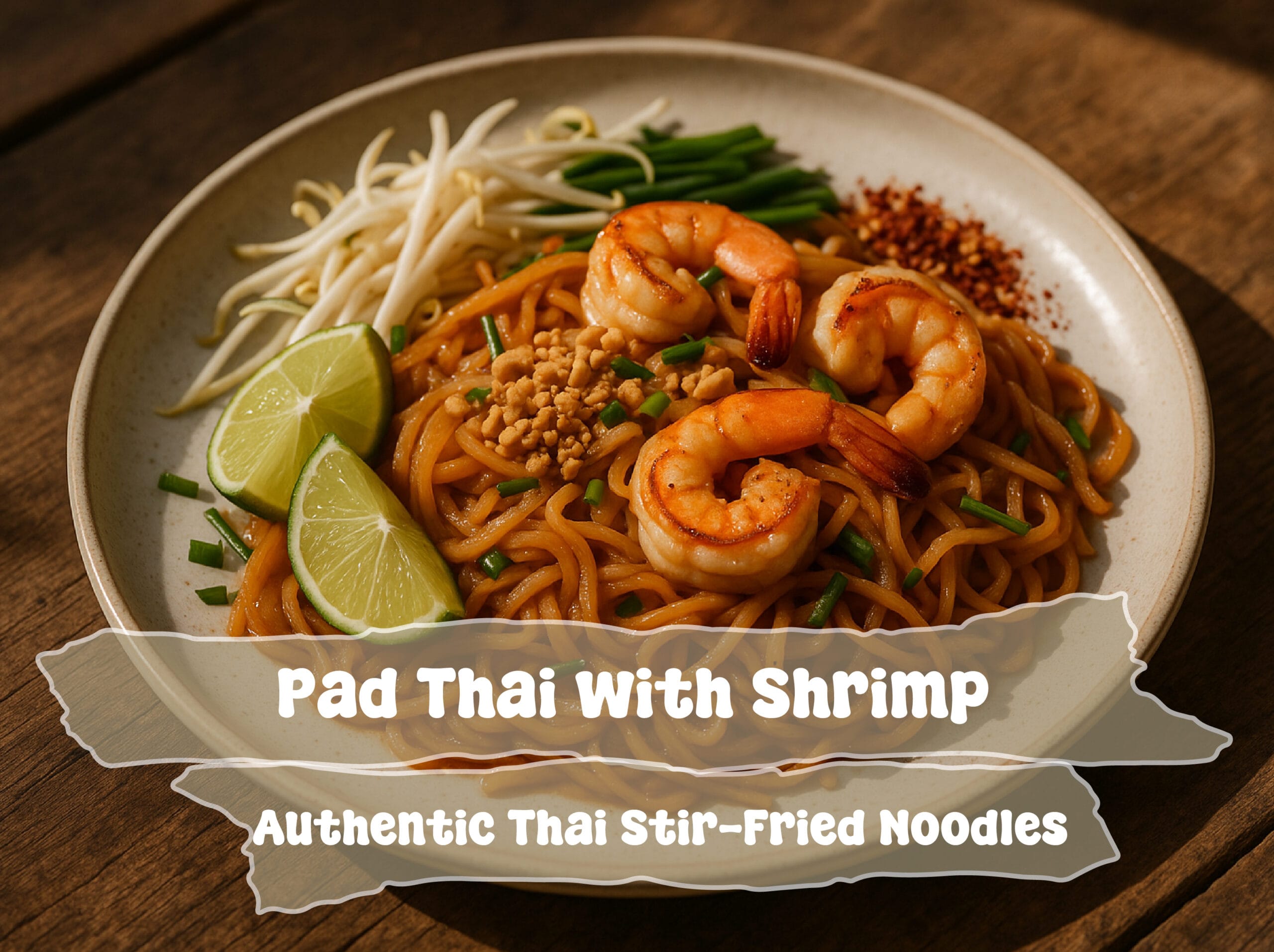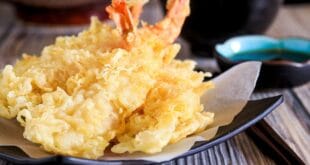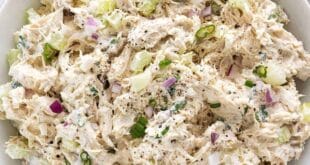
Homemade Pad Thai with Shrimp Recipe in 30 Minutes
The first time I cooked a Pad Thai with Shrimp Recipe at home, I was nervous; it’s one of those dishes that feels like it should only be made by street vendors in Bangkok. My first attempt was too sticky because I cooked the noodles for too long. That mistake taught me the golden rule: slightly undercook the noodles, because they finish cooking in the wok with the sauce. Once I got the timing right, I realized that making Pad Thai at home was totally doable.This recipe is for anyone craving a tangy, savory, and slightly sweet noodles dish perfect for weeknight dinners, weekend cooking projects, or when you want takeout-style food at home.Difficulty: Moderate
Ingredients
Method
- Prep the noodles. Soak the rice noodles in warm water for 20-30 minutes until pliable but not mushy. Drain.
- Make the sauce. In a small bowl, mix fish sauce, tamarind paste, sugar, and soy sauce. Set aside.
- Cook the shrimp. Heat 1 tbsp oil in a wok or large skillet. Add the shrimp and cook for 2-3 minutes until pink. Remove them and set them aside.
- Eggs & aromatics. Add the remaining oil, sauté the garlic for 30 seconds, then push it aside. Pour in the eggs and scramble lightly.
- Add noodles. Toss in drained noodles and pour sauce over. Stir-fry for 3-4 minutes until noodles absorb the sauce.
- Combine. Add shrimp back, then mix in bean sprouts and green onions. Toss well.
- Finish. Garnish with peanuts, lime wedges, and chili flakes if desired.
Video
Notes
Lesson learned: Overcooking noodles makes them sticky; undercook slightly before stir-frying.
Shrimp tip: Cook shrimp just until pink; they get rubbery if overdone.
Tamarind flavor: Gives an authentic tang, but lime juice works as a substitute.
Spice control: Traditional Pad Thai is mild, but chili flakes or Sriracha add heat.
Tips & Tricks
- High heat: Use a wok if possible. The smokey “wok hei” adds depth.
- Prep first: Have all the ingredients ready; cooking moves fast once you start.
- Vegetarian swap: Use tofu instead of shrimp and extra soy sauce instead of fish sauce.
- Nut allergy option: Replace peanuts with toasted sesame seeds.
- Meal prep hack: Make the sauce ahead. It stores for a week in the fridge.
Serving Suggestions
- Classic Thai plate: Serve with extra lime wedges and fresh bean sprouts.
- Side dish: Pairs beautifully with Thai spring rolls or chicken satay.
- Family dinner: Double the recipe and serve buffet-style so everyone can garnish their own.
- Light meal: Pair with a cucumber salad for freshness.
- Casual night: Add Thai iced tea on the side for a restaurant vibe.
Nutrition (per serving)
- Calories: ~420
- Protein: 28 g
- Carbs: 52 g
- Fat: 12 g
- Fiber: 3 g



